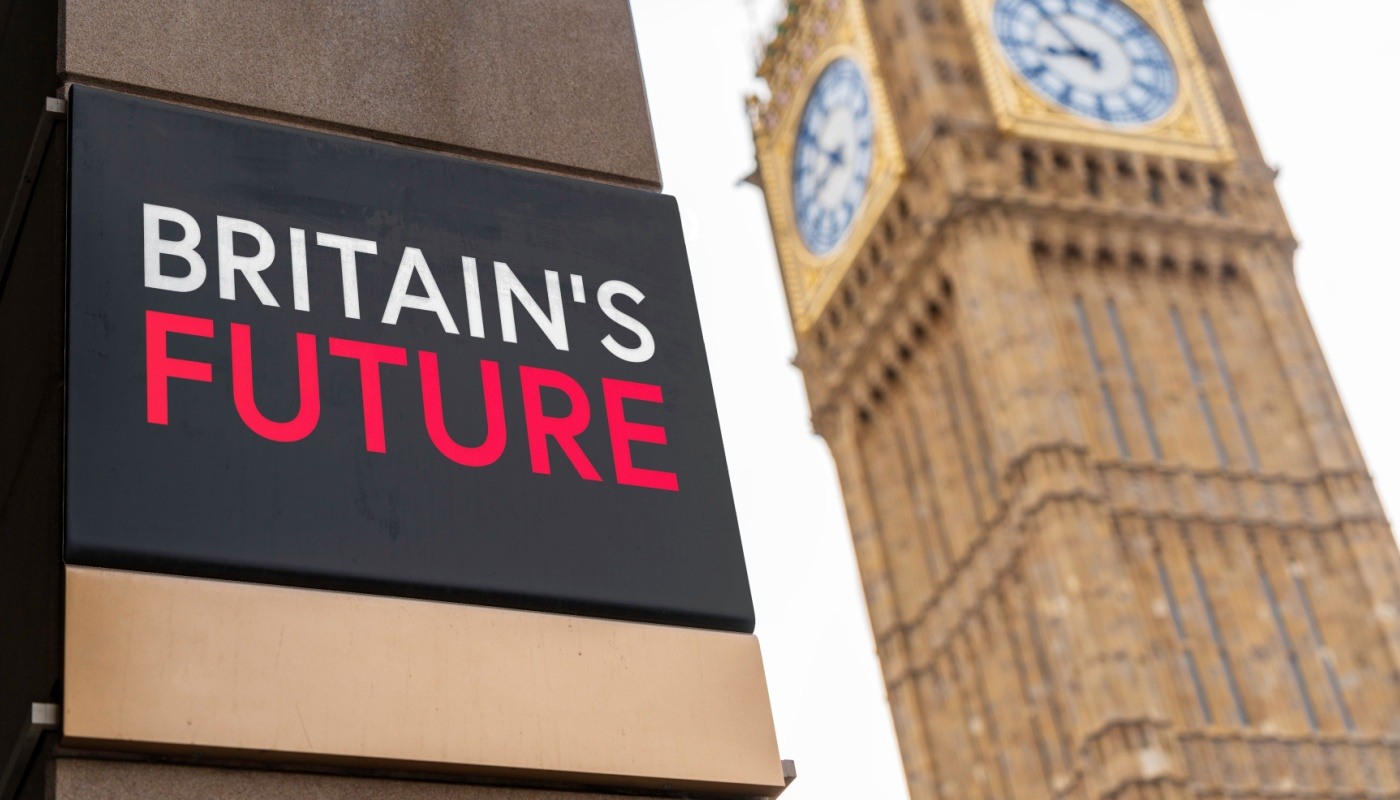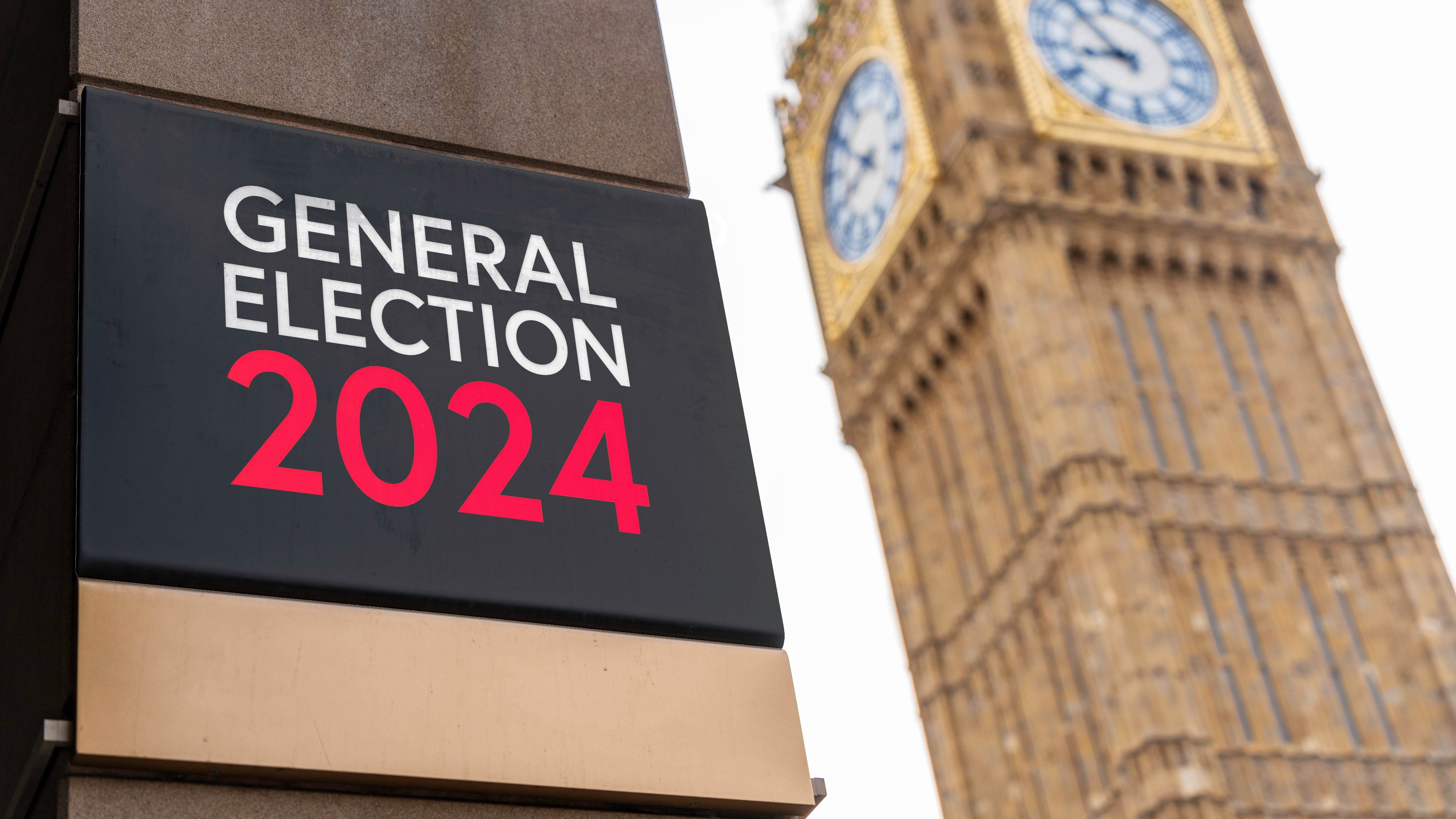Regulatory battles accelerate in the peer-to-peer car sector
by Inline Policy on 30 Jun 2014
In recent weeks there have been numerous regulatory developments in the peer-to-peer car sector. The ongoing regulatory battles of Uber and Lyft, in particular, are grabbing the headlines and have illustrated how this is an area in which the regulatory environment is far from settled. The disruptive business models of such companies, all underpinned by advances in technology, are forcing policy makers to adapt regulatory frameworks which were often put in place decades ago.
One thing to make clear is that there are different types of company operating in this space. Often companies get lumped together with Uber, for example, typically being seen as representative of the sector as a whole. However, the market is far more complex than that. The risk is that regulators and politicians start to see the peer-to-peer car sector as homogenous and put in place a one size fits all regulatory framework. This would fail to reflect the nuances of the market and may instead stifle innovation.
So how can these companies be categorised?
The main categories in this broad sector (the names of which have been largely driven by the US media) are as follows:
- Carpooling - Carpooling companies and platforms provide a way in which travellers can come together to undertake a journey. Typically used by commuters, carpooling helps to reduce costs for travellers and also has environmental benefits by reducing the number of cars on the road.
- Peer-to-peer ridesharing - This differs from carpooling as companies provide a platform through which passengers get connected to drivers who drive them to and from an agreed destination for a fee.
- Peer-to-peer carsharing - Companies provide a platform on which car owners can list their car for drivers to rent. Car owners typically receive payment depending on the amount of time a driver chooses to hire the car. This is convenient for people who do not need to own a car, or if they are in a new location and looking for a quick and easy way to hire one.
This is by no means an exhaustive list of the types of company and people often have differing views on the terminology which should be used. However, this does give an indication of the different business models which exist.
Regulatory battles
Moving away from the terminology, it is in the peer-to-peer ridesharing space where the biggest battles are being fought. This is arguably because it is this business model which most directly threatens the established taxi industry, and the area which poses the most complex questions for regulators.
In recent weeks there have been significant developments. In California, which is the birthplace of much of the ridesharing industry, the battles have been particularly intense. Last week in the State Capitol, legislators voted to move forward the proposals of Assemblywoman Susan Bonilla, which would require companies such as Uber and Lyft, which are categorised as Transportation Network Companies (TNC), to provide $750,000 liability insurance from the moment when a driver turns on the app, until the driver accepts a request for service. After that point, the California Public Utilities Commission currently requires $1 million insurance. The companies made clear that they were content with having to provide insurance for that initial period, but said they did not agree with the amount, or with the fact that TNC services will be characterised as starting the moment the app is activated. Lyft called the vote a “disappointing setback for the ridesharing movement in California.” This is a dispute which is likely to run and run.
Another U.S. example is in Virginia where cease and desist letters have recently been sent to Uber and Lyft by the Virginia Department of Motor Vehicles (DMV). In response, some of the biggest technology organisations in America sent a letter to Virginia Governor, Terry McAuliffe, asking him to overturn the ban. The letter states "The DMV’s cease and desist order inconveniences Virginia citizens and jeopardizes Virginia jobs…the decision damages the Commonwealth’s historic standing as a haven for innovation and business.”
In a similar development in the State of Pennsylvania, the Mayor of Pittsburgh, Bill Peduto, sent a letter to the leadership of the Pennsylvania Public Utility Commission voicing his disappointment with the agency's attempts to shut down ridesharing companies operating in the state. “The role of government is to facilitate innovation and growth, not to stand in its way”, he argued.
In Europe, the recent strikes across the continent by taxi drivers against Uber are forcing regulators and politicians to look at their respective regulation. In France, for example, Thomas Thévenoud MP submitted his draft bill to the French Government on 18 June which aims to both modernise the practices of the established taxi industry, but also regulate apps such as Uber. The text, as it stands, forbids ridesharing companies from using GPS services to connect with passengers, but will allow taxis to use them.
In the UK, Transport for London (London’s transport regulator), in spite of stating that it believes Uber’s app is not breaking the law, has referred the matter to the High Court to give a binding decision. The outcome will have far-reaching consequences in London, not just for the likes of Uber and London’s taxi drivers, but also the broader private hire industry, and the numerous taxi and minicab apps which operate in the capital and which have growing market share.
Regulatory compromises
Alongside the battles which have been fought, there have also been compromises struck in recent weeks. Arguably the best example of this is in Colorado where State Governor John Hickenlooper signed into law a bill which will regulate ridesharing on a state-wide basis. This makes him the first State Governor in the United States to do so. The bill uses the TNC categorisation and will require that:
- Every driver passes a rigorous background check that includes driving records and felony offenses, including county, federal and multi-state checks;
- Every vehicle on the road has been inspected for safety and quality with a nineteen point inspection by a certified mechanic;
- Every trip is insured up to $1 million from the moment a driver accepts a ride request.
Uber welcomed this development in a blog post by declaring: “Make no mistake, Colorado has sent a clear message that it embraces innovation, supports consumer choice and empowers small business owners.”
Another example is in Seattle where City Mayor Ed Murray announced that after a year of negotiations, an agreement between the ridesharing industry, the taxi industry and the city has been struck. The deal will allow ridesharing companies to keep operating in the city, without any limit on the number of drivers that can be on the street at any given time. There was also agreement over the required level of insurance and the licensing of drivers. Mayor Murray declared: “We have deregulated a highly regulated monopoly, allowing taxis and for-hires to become far more competitive than they are in the current situation. We are recognizing that a technology exists that is rapidly changing the marketplace.”
Regulation will shape, make and define the market
This sector has a number of defining characteristics. Regulatory disputes are par for the course, debates over insurance and passenger safety are recurring, and there is a regular stream of new entrants to the market.
The tension is not always between the companies on one side, and regulators and the taxi industry on the other. Often there is also a tension between regulators, who both enforce existing regulations and develop new laws, and politicians who want to allow such disruptive innovations to flourish. Moreover, there can be disputes between ridesharing companies who have differences over what the regulatory framework should be, and what approach to take with politicians and regulatory authorities. In addition, there are numerous other transportation apps, which connect drivers of taxis and private hire vehicles with passengers, which have a central stake in this debate as the regulatory framework directly affects their growth too.
It is worth underlining here that, as with in many other areas of the sharing economy, regulators have to tackle numerous complex questions and often are simply enforcing the regulation as it stands. There are numerous stakeholders to consider and an entirely laissez-faire approach would serve neither driver nor passenger well. That is why what is needed is a collaborative approach between the ridesharing industry, policy makers, and the broader transportation sector. By no means will it be easy to develop a system which keeps everyone happy as this is a fiercely competitive area. Nonetheless it is consensus (or at least partial consensus) which will drive greater competition, empower entrepreneurs and provide more choice for consumers.
Both the demand and the supply of peer to peer cars is growing rapidly and, as with other disruptive innovations, it is the regulatory framework which will determine the pace and scale of its development.
(Photo by Nick Barry/CC BY-NC-SA 2.0)
Topics: UK business, Transport, Sharing economy, Mobility, Big Tech







Comments